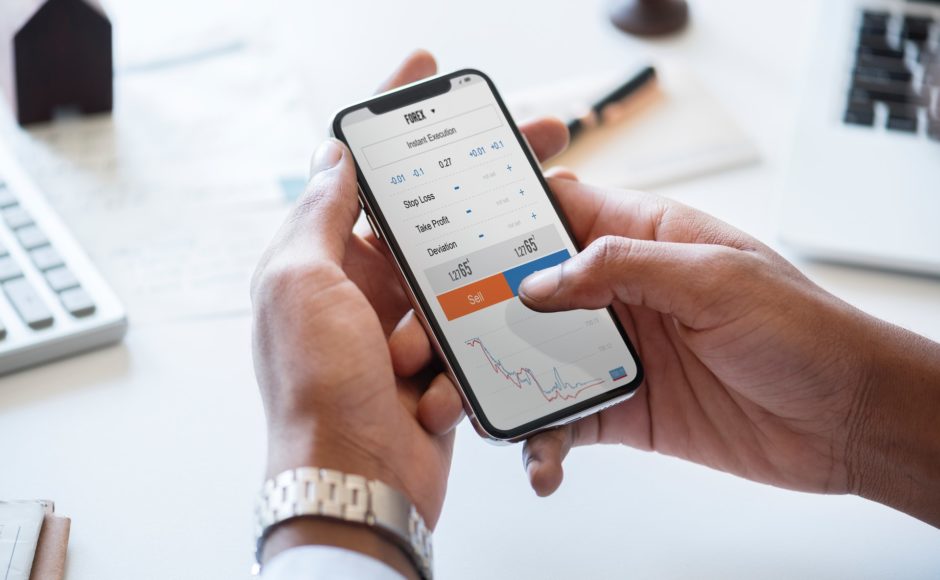Foreign exchange, commonly abbreviated to ‘forex’ or simply FX, is the global currency exchange market, which allows individuals in countries around the world to take part and, potentially, profit from fluctuations in value.
In today’s digital age, the world of forex trading is open to a global market of professionals looking to make a return on their investment in a given currency. Simply put, the aim of those involved in forex trading is to buy currency at a low rate, and sell it at a higher price.
While the concept is straightforward in practice, this type of trading comes with a range of potential risks attached to it – so, when looking to invest in the currency exchange market, it’s vital to arm yourself with all of the necessary practical and tactical information to help you start out feeling confident and informed.
First things first: understanding forex
Becoming a potentially profitable forex trader not only means understanding the overarching concepts, but being aware of the smaller details that might make the difference between a profit and a loss. For this reason, before you dive in, it’s important to understand both what you hope to gain from currency trading and the most informed strategy to help you achieve this.
There are three types of forex trading – short-term, medium-term and long-term – and depending on your assessment of the risks and potential outcomes of each strategy, one may be more suitable to your needs than the others. Below, we’ve broken down the ins and outs of each to help you find the option most relevant to your goals:
Short-term
As the name suggests, short-term trading occurs over a short period of time – usually holding a position for no longer than a 24-hour period. In this type of currency exchange, the trader will take advantage of minor price movements with a high amount of leverage, usually making the trade within minutes. Typically, this type of trading involves a lower degree of risk, but requires a lot of capital in order to deliver profit as a result of the small movements.
Medium-term
Medium-term trading is estimated to last anywhere from a single day to a period of a few weeks – and many medium-term traders may even be doing this alongside another job. Therefore, in this type of exchange, traders are known to take advantage of thought-out technical opportunities during days off or at weekends (when they can do their research, ready to check back in on their trades once a day).
Long-term
Lastly, and arguably the most reliable in terms of longer-term profits, is the long-term trading strategy. This is most suitable for a trader looking to hold a position for many months – or even years – and one who has performed thorough research into fundamental long-term factors. However, this doesn’t come without risks. Due to the uncertainty and volatility associated with this type of investment, this type of trade strategy requires a large amount of capital to counterbalance the risk.
Don’t forget: understand the risks
As touched on above, while the market has the potential to generate a significant return on investment, there are risks involved – ones that should always be at the forefront of your mind when looking to make your next trade deal.
Due to the fast-paced nature of this global market, change in currency exchange rates can be unpredictable and alter in a matter of seconds. This means that, even before settling on a targeted deal, the potential for the currency value to dramatically change can be very likely and risk what initially seemed like a sound investment opportunity.


Before contemplating how to become a successful currency exchange trader, we suggest creating a strong knowledge base. Learn forex trading with the help of a professional, bearing in mind your unique needs and aspirations, so that you can delve into a unique investment opportunity which could deliver a healthy return on your investment.
Author bio:John James is a content writer for Learn To Trade, the foreign exchange education and learning specialists – offering a range of training courses to help people understand the currency trading market, as well as its opportunities and risks.


